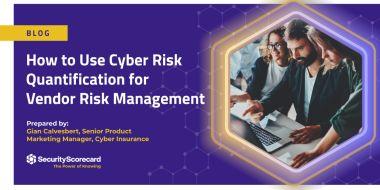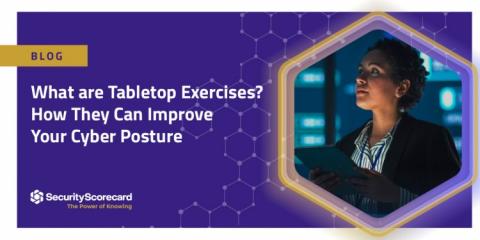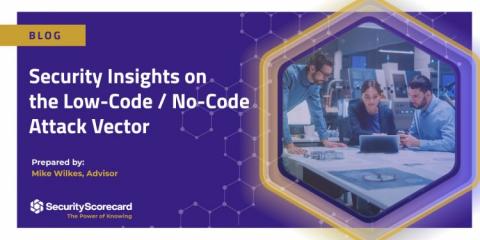How to Use Cyber Risk Quantification for Vendor Risk Management
The purpose of vendor risk management is to strike a delicate balance between facilitating the needs of the business by integrating new vendors and ensuring that those same business partners don’t exceed the organization’s risk appetite. Maintaining a healthy balance between those two interests requires leaders to always consider broader business goals when executing VRM strategies.































